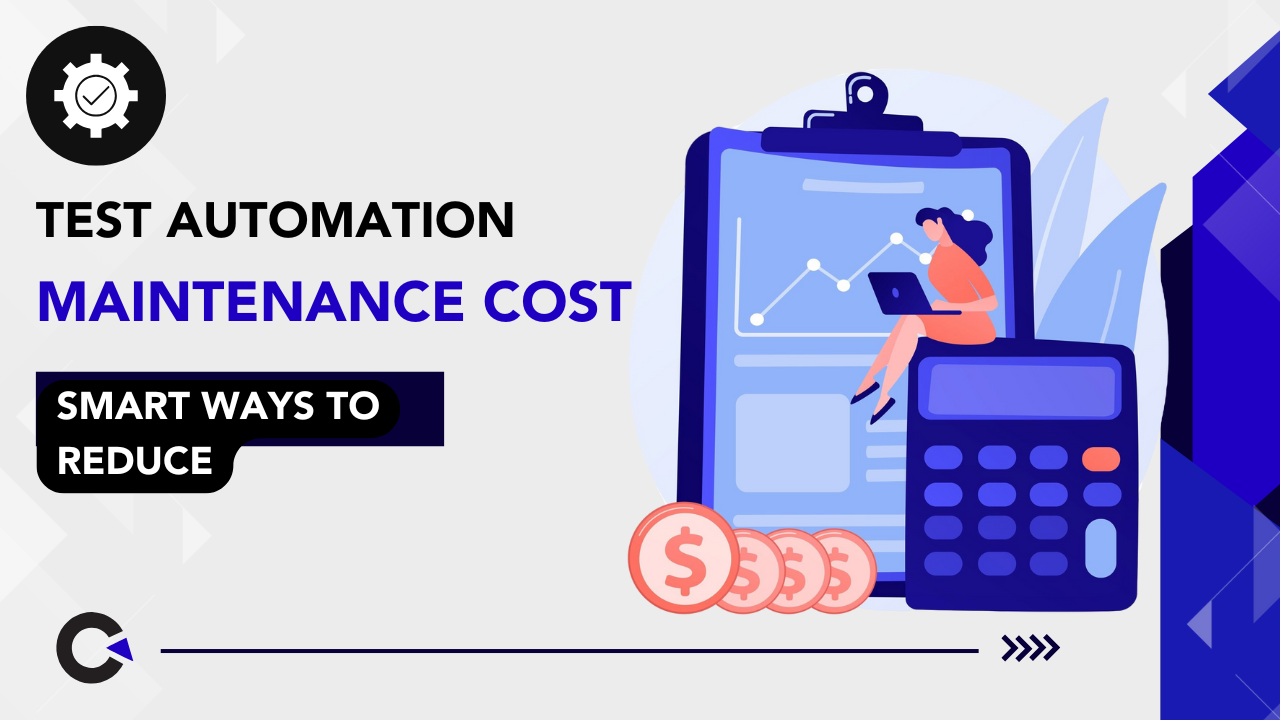Organizations continue to struggle to mesh app quality with agile using automation and other best practices. Many teams are struggling to increase the QA team’s effectiveness without proper understanding about the QA process.
Quality assurance (QA) is any systematic process of determining whether a product or service meets specified requirements. QA establishes and maintains set requirements for developing or manufacturing reliable products. A quality assurance system is meant to increase customer confidence and a company’s credibility, while also improving work processes and efficiency, and it enables a company to better compete with others.

The below is the Quality Assurance Checklist that everyone should follow:
- Establish QA facilitation
- Implement a Quality Management Process
- Conduct process review
- Create a report on the project status
- Perform process compliance review
- Identify process improvement areas
- Create process trainings
Software Quality AssuranceSoftware quality assurance (SQA) systematically finds patterns and actions needed to improve development cycles. SQA has become important for developers as a means of avoiding errors before they occur, saving development time and expenses. Even with SQA processes in place, an update to software can break other features and cause defects — commonly known as bugs. There have been numerous SQA strategies. For example, Capability Maturity Model Integration (CMMI) is a performance improvement-focused SQA model. CMMI works by ranking maturity levels of areas within an organization, and it identifies optimizations that can be used for improvement. Rank levels range from being disorganized to being fully optimal. Software development methodologies have developed over time that rely on SQA, such as Waterfall, Agile and Scrum. Each development process seeks to optimize work efficiency.
Waterfall is the traditional linear approach to software development. It’s a step-by-step process that typically involves gathering requirements, formalizing a design, implementing code, code testing and remediation and release. It is often seen as too slow, which is why alternative development methods were constructed.
Agile is a team-oriented software development methodology where each step in the work process is approached as a sprint. Agile software development is highly adaptive, but it is less predictive because the scope of the project can easily change.
Scrum is a combination of both processes where developers are split into teams to handle specific tasks, and each task is separated into multiple sprints.
To implement a QA system, first set goals for the standard. Consider the advantages and tradeoffs of each approach, such as maximizing efficacy, reducing cost or minimizing errors. Management must be willing to implement process changes and to work together to support the QA system and establish standards for quality. From the above said models, most of the companies adopted Agile and it gains more popularity now a days. Testing in an agile environment is different than the traditional methodologies such as waterfall. Agile is an iterative model of delivery which requires continuous collaboration between the team members, providing quick feedback and be able to self-manage. Agile testers know that they are part of the delivery team and that there is no separation of testing phase and development phase, but rather testing is a continuous activity which happens as part of the development.
Test AutomationTest Automation is vital to the success of an agile project because automated tests can provide fast and reliable feedback to the development team. Tests can be automated at different levels with different purposes. A good agile tester with sound technical knowledge is able to:
- Determine and advise which tests should be automated at which layer.
- Choose the right set of tools to help the testing
- Help developers in writing automated tests and analyze the results of the automated tests.
- Create different automation suites, such as smoke pack, full regression pack, end-to-end regression pack, etc.
- Minimize the execution time for the automated tests in order to obtain quick feedback
- Execute tests on a continuous basis
- Provide valuable metrics to the business
- Utilize the facilities of different testing tools to help with manual testing
Provide Continuous FeedbackOne of the key benefits of agile development is being able to deliver a working solution quickly. In order to move fast, we need to get quick feedback on each versions of the code.
We should be able to know, within a short period of time, whether new or updated code has caused any regression bugs. Hence, one of the objectives of testing in agile is to provide relevant information about the health of the application quickly. When issues are reported early, we can fix them straight away and move on. If the feedback loop is delayed, the team has moved on and it becomes more difficult and time-consuming to identify the root cause of the issue.
Feedback can be provided in many forms such as:
- Pair Programming
- Code Reviews
- Unit Tests
- Automated Integration Tests
- Automated Acceptance Tests
- Automated Regression Tests
- Exploratory Testing
The agile tester should ensure that proper and effective tests are written and executed at each level and should know that testing is a continuous activity that happens as part of the development. Thus a proper knowledge in latest tools and techniques and continuous feedback on product/ project will help the team to increase the team effectiveness.
































Comments(0)